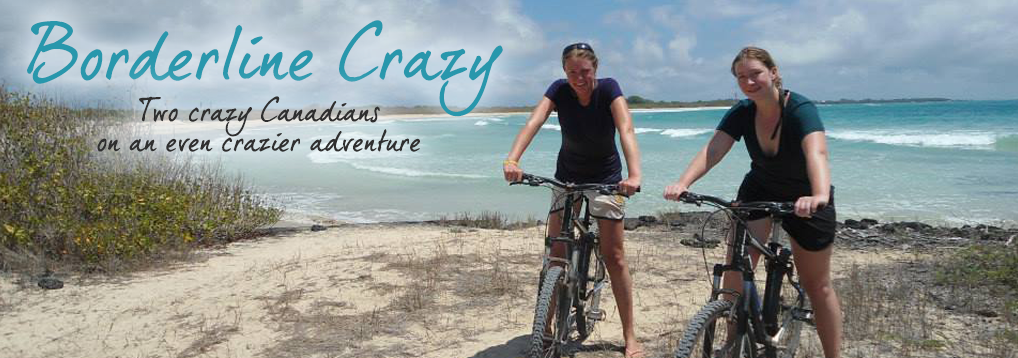
Like everything else in the world, my trip was disrupted by COVID-19. On the grand scale of things, of course, it does not matter. I was lucky to make it home safe, before air travel and borders shut down. People always told me to travel while I was young, while I could, because responsibility catches up with you, things change unexpectedly. They never mentioned pandemics, but I’m glad I continued to travel while I could. Not that I’m all that young anymore.
I was also lucky to have 10.5 months of backpacking, mostly through Southern and Eastern Africa, right before the pandemic ensured that the world would never be the same, particularly travel.
For me, after 10 years of working a rewarding but demanding job, often while going to school full-time, the year was a chance to reset, to rediscover what is really important to me, to reflect. I got to spend nearly every day outside for most of the day, doing a ton of hiking and often sleeping outside. I also met I’m sure more people in 10.5 months than I had in the previous 10 years. It was wonderful.
Recap of my trip from May 2019-March 2020
Here is a recap, by the number, of my 10.5 month trip:
- 13- new countries visited
- 82- books read
- 0- episodes of tv watched
- 3- pairs of flip flops I went through
- 16- number of scuba dives
- 126- nights camping
- $702- money saved by camping
- 4- times I got bed bugs
- 0- things stolen
- Countless- number of amazing people I met
I have no idea what’s next, but I certainly don’t regret taking the time to do this trip.
Camping was the Best Decision

Probably the biggest and best decision of the trip was to invest in camping equipment. I had originally pictured camping in national parks to save money, but there are so many rules in the parks themselves that make it difficult or not worth it. However, I ended up camping every place I visited in Malawi, most of Rwanda and Uganda, and a few other amazing places. I was lucky to have a friend bring my gear from the US, meaning the quality was better and the prices were reasonable, compared to trying to buy it in South Africa or another country in Africa. This allowed me to save on room costs, avoid bed bug and cockroach-infested dorm rooms, and gave me my own space. It also meant I woke up (very early) to the natural sounds of birds and other animals and to some phenomenal views. It meant I never had to worry about making reservations or whether I could find a place to stay. Finally, it meant experiencing places I would not have explored without a tent, like Djembe island in Malawi.
Camping Made it Affordable
Traveling in Africa is not the cheapest, as most traveling infrastructure is geared towards high-end, package tourists. This is because there really aren’t a ton of backpackers. Hostels are often run on land leased by foreigners, who can see volatile tax increases every year, see few customers outside of July and August, and have little competition to keep facilities up and prices low. Outside South Africa, few places have kitchens to self cater, so eating can be pricey, or bland (more beans and rice anyone?). Camping therefore is a great way to save some money and spend it in other ways. I paid between $3 and $20 CAD per night to camp in some gorgeous spots, with varying facilities. I did meet a couple of people carrying stoves and pots/pans to cook, which many times would have been great, but wasn’t worth the extra weight to carry for me. Beans and rice for the win!
Old and New School Technology
The best tool I found for finding camping spots with updated information and pricing was the iOverlander app. And of course, word of mouth. I didn’t find a ton of backpackers during my Africa travels, so I would trade information constantly via whatsapp with the few I did meet.
I also relied on Maps.me a ton for hiking and just generally getting around- Google Maps didn’t seem to have a lot of even main roads, and Maps.me works offline by default. You can also turn on customized layers for tips.
As for guidebooks, I had the pdfs on my phone which I bought when there was a Lonely Planet sale. I also read a lot of blogs when I had wifi or data.













